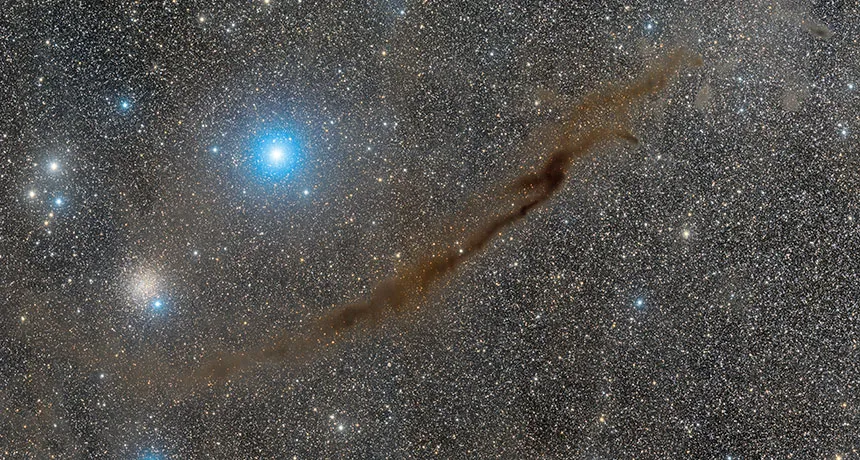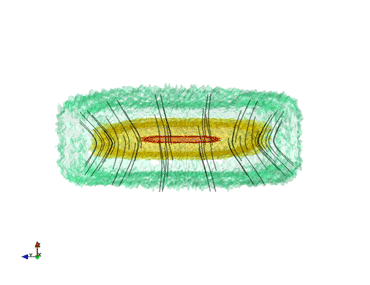First 3-D map of a gas cloud in space shows it’s flat like a pancake
Its newfound shape could explain why the structure is missing stars

MORE THAN MEETS THE EYE This snakelike gas cloud (center dark area) in the constellation Musca resembles a skinny filament. But it’s actually a flat sheet that extends about 20 light-years into space away from Earth, an analysis finds.








